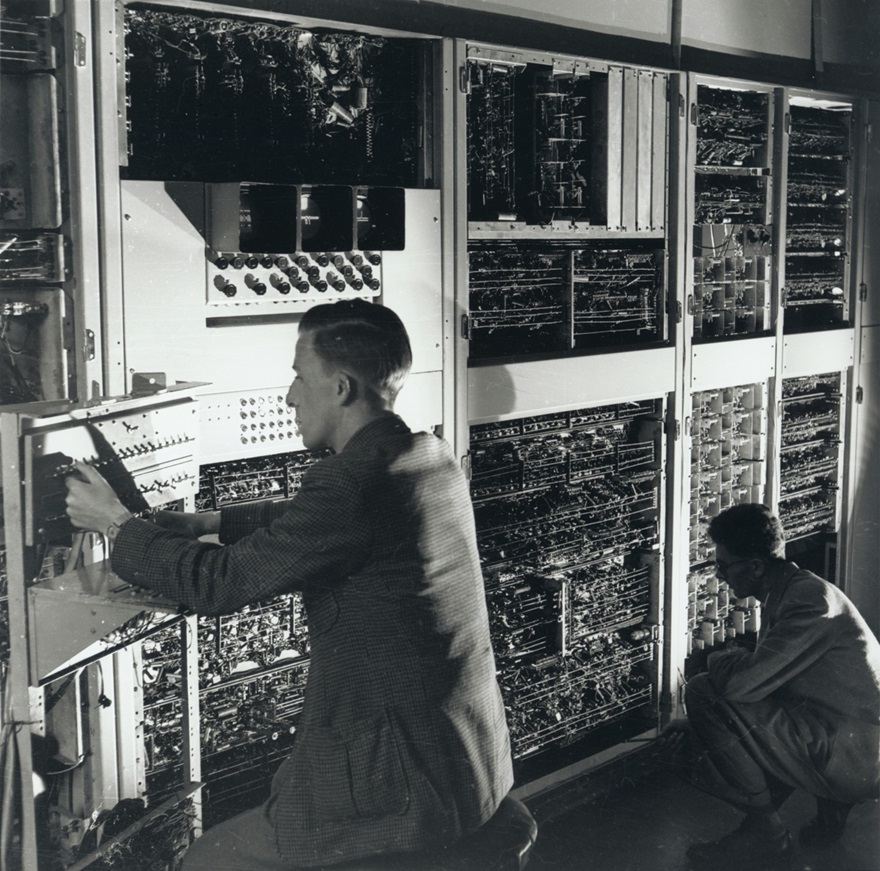This page didn’t exist in 1951 and it doesn’t exist now
Let us help you find what you're after
Tried searching but still no luck? Contact us
This page didn’t exist in 1951 and it doesn’t exist now

This page didn’t exist in 1951 and it doesn’t exist now
Tried searching but still no luck? Contact us
This page didn’t exist in 1951 and it doesn’t exist now

Find out how we can help you and your business. Get in touch using the form below and our experts will get in contact soon!
CSIRO will handle your personal information in accordance with the Privacy Act 1988 (Cth) and our Privacy Policy.